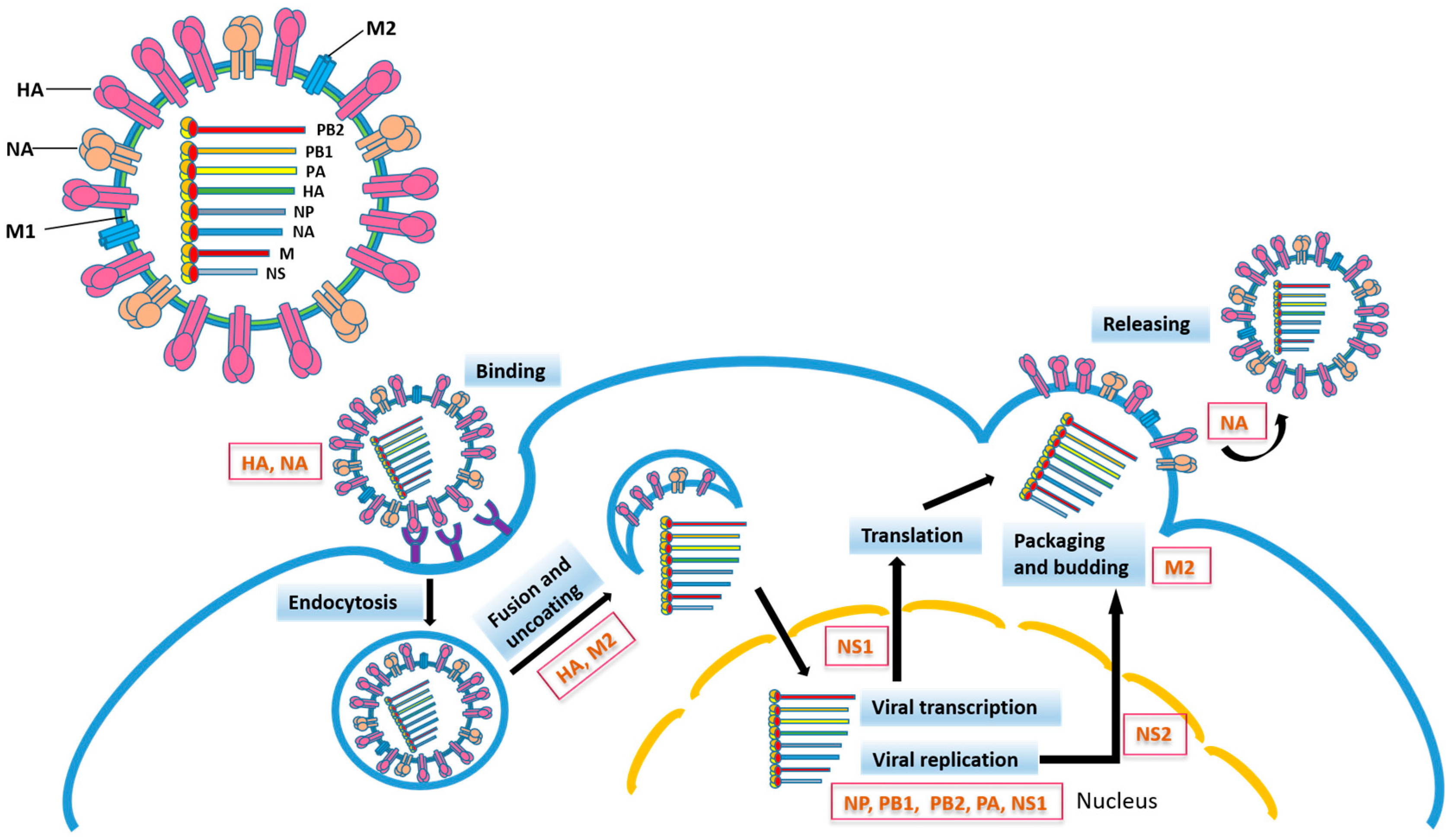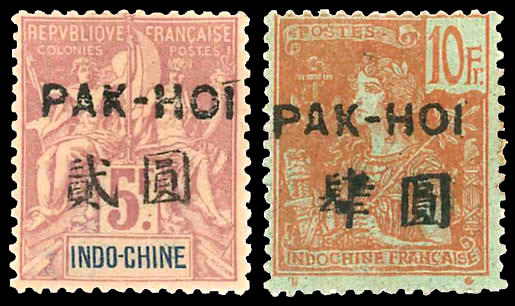|
Yunchangviricetes
''Yuyuevirus'' is a genus of negative-strand RNA viruses which infect invertebrates. Member viruses have bisegmented genomes. It is the only genus in the family ''Yueviridae'', which in turn is the only family in the order ''Goujianvirales'' and class ''Yunchangviricetes''. Two species are recognized: '' Beihai yuyuevirus'' and '' Shahe yuyuevirus''. Etymology The name ''Yuyuevirus'' is from (), a synonym for the Spring and Autumn period state of Yuè, along with ''-virus'', the suffix for a virus genus ''Yueviridae'' comes from (), also referring to Yuè state, with the suffix for virus family ''-viridae''. ''Goujianvirales'' is named in honor of Goujian Goujian () (reigned 496–465 BC) was the king of the Kingdom of Yue (越國, present-day northern Zhejiang) near the end of the Spring and Autumn period (春秋). He was the son of Marquis Yunchang. Goujian's reign coincided with arguably th ... ( ) the king of Yuè State. ''Yunchangviricetes'' is named in honor o ... [...More Info...] [...Related Items...] OR: [Wikipedia] [Google] [Baidu] |
Negative-strand RNA Virus
Negative-strand RNA viruses (−ssRNA viruses) are a group of related viruses that have negative-sense, single-stranded genomes made of ribonucleic acid. They have genomes that act as complementary strands from which messenger RNA (mRNA) is synthesized by the viral enzyme RNA-dependent RNA polymerase (RdRp). During replication of the viral genome, RdRp synthesizes a positive-sense antigenome that it uses as a template to create genomic negative-sense RNA. Negative-strand RNA viruses also share a number of other characteristics: most contain a viral envelope that surrounds the capsid, which encases the viral genome, −ssRNA virus genomes are usually linear, and it is common for their genome to be segmented. Negative-strand RNA viruses constitute the phylum ''Negarnaviricota'', in the kingdom '' Orthornavirae'' and realm '' Riboviria''. They are descended from a common ancestor that was a double-stranded RNA (dsRNA) virus, and they are considered to be a sister clade of reovi ... [...More Info...] [...Related Items...] OR: [Wikipedia] [Google] [Baidu] |
Goujian
Goujian () (reigned 496–465 BC) was the king of the Kingdom of Yue (越國, present-day northern Zhejiang) near the end of the Spring and Autumn period (春秋). He was the son of Marquis Yunchang. Goujian's reign coincided with arguably the last major conflict of the Spring and Autumn period, the struggle between Wu and Yue, wherein he eventually led his state to victory, annexing the rival. As such, King Goujian is sometimes considered the last of the Five Hegemons. War between Wu and Yue The war between Wu and Yue comprised several separate phases. It began when a Yue princess, who was married to one of the princes of the neighboring state of Wu, left her husband and fled back to the State of Yue. This became the spark for the war to come. Also, as Yunchang developed Yue's strength, he came into conflict with King Helü of Wu, causing a feud between the two states. Upon the death of Yunchang and the accession of Goujian, Helü seized the opportunity and launched an at ... [...More Info...] [...Related Items...] OR: [Wikipedia] [Google] [Baidu] |
Negarnaviricota
Negative-strand RNA viruses (−ssRNA viruses) are a group of related viruses that have negative-sense, single-stranded genomes made of ribonucleic acid. They have genomes that act as complementary strands from which messenger RNA (mRNA) is synthesized by the viral enzyme RNA-dependent RNA polymerase (RdRp). During replication of the viral genome, RdRp synthesizes a positive-sense antigenome that it uses as a template to create genomic negative-sense RNA. Negative-strand RNA viruses also share a number of other characteristics: most contain a viral envelope that surrounds the capsid, which encases the viral genome, −ssRNA virus genomes are usually linear, and it is common for their genome to be segmented. Negative-strand RNA viruses constitute the phylum ''Negarnaviricota'', in the kingdom ''Orthornavirae'' and realm ''Riboviria''. They are descended from a common ancestor that was a double-stranded RNA (dsRNA) virus, and they are considered to be a sister clade of reoviruses, ... [...More Info...] [...Related Items...] OR: [Wikipedia] [Google] [Baidu] |
Beihai Yuyuevirus
Beihai (; Postal romanization: Pakhoi) is a prefecture-level city in the south of Guangxi, People's Republic of China. Its status as a seaport on the north shore of the Gulf of Tonkin has granted it historical importance as a port of international trade for Guangxi, Hunan, Hubei, Sichuan, Guizhou, and Yunnan. Between the years 2006 and 2020, Beihai is predicted to be the world's fastest growing city. Beihai has a large shipyard, but most of the money generated in the city is derived from trade. In addition, it governs the small islands of Weizhou and Xieyang, and is directly west of Leizhou Peninsula. Subdivisions Beihai contains three districts and one county, which are subdivided into five urban sub-districts, 23 towns, 3 townships, 87 neighborhood committees, 343 village committees. (see also Administrative divisions of the People's Republic of China#Levels) * Haicheng District () * Yinhai District () * Tieshangang District () * Hepu County () History After the 187 ... [...More Info...] [...Related Items...] OR: [Wikipedia] [Google] [Baidu] |
Shahe Yuyuevirus
Shahe (沙河) may refer to: * Shahe, Hebei (沙河市), county-level city of Xingtai, Hebei * Shahe, Liuji (沙河村), a village in Liuji, Dawu County, Xiaogan, Hubei * Shahe River (Tributary of Xiang River), a left-bank tributary of Xiang River * Shahe railway station (沙河站), a station on Beijing-Baotou railway and Beijing-Zhangjiakou intercity railway in Beijing * Shahe station (other) (沙河站), multiple metro stations in China * Shahe fen (沙河粉), a type of wide Chinese noodle made from rice See also *Shahe Town (other) Shahe could refer to the following towns A town is a human settlement. Towns are generally larger than villages and smaller than cities, though the criteria to distinguish between them vary considerably in different parts of the world. Ori ... (沙河镇) * Shahe Subdistrict (other) (沙河街道) {{disambig, geo ... [...More Info...] [...Related Items...] OR: [Wikipedia] [Google] [Baidu] |
Spring And Autumn Period
The Spring and Autumn period was a period in Chinese history from approximately 770 to 476 BC (or according to some authorities until 403 BC) which corresponds roughly to the first half of the Eastern Zhou period. The period's name derives from the ''Spring and Autumn Annals'', a chronicle of the state of Lu between 722 and 479 BCE, which tradition associates with Confucius (551–479 BCE). During this period, the Zhou royal authority over the various feudal states eroded as more and more dukes and marquesses obtained ''de facto'' regional autonomy, defying the king's court in Luoyi and waging wars amongst themselves. The gradual Partition of Jin, one of the most powerful states, marked the end of the Spring and Autumn period and the beginning of the Warring States period. Background In 771 BCE, a Quanrong invasion in coalition with the states of Zeng and Shen — the latter polity being the fief of the grandfather of the disinherited crown prince Yijiu — destroyed the ... [...More Info...] [...Related Items...] OR: [Wikipedia] [Google] [Baidu] |
Yue (state)
Yue (, Old Chinese: ''*''), also known as Yuyue (), was a state in ancient China which existed during the first millennium BC the Spring and Autumn and Warring States periods of China's Zhou dynasty in the modern provinces of Zhejiang, Shanghai and Jiangsu. Its original capital was Kuaiji (modern Shaoxing); after its conquest of Wu, Yue relocated its court north to the city of Wu (modern-day Suzhou). Yue was conquered by Chu in 306 BC. History A specific kingdom, which had been known as the "Yue Guo" () in modern Zhejiang, was not mentioned until it began a series of wars against its northern neighbor Wu during the late 6th century BC. According to the ''Records of the Grand Historian'' and '' Discourses of the States'', the Yue are descended from Wuyu, the son of Shao Kang which as known as the sixth king of the Xia dynasty. With help from Wu's enemy Chu, Yue was able to be victorious after several decades of conflict. The famous Yue King Goujian destroyed and ann ... [...More Info...] [...Related Items...] OR: [Wikipedia] [Google] [Baidu] |



